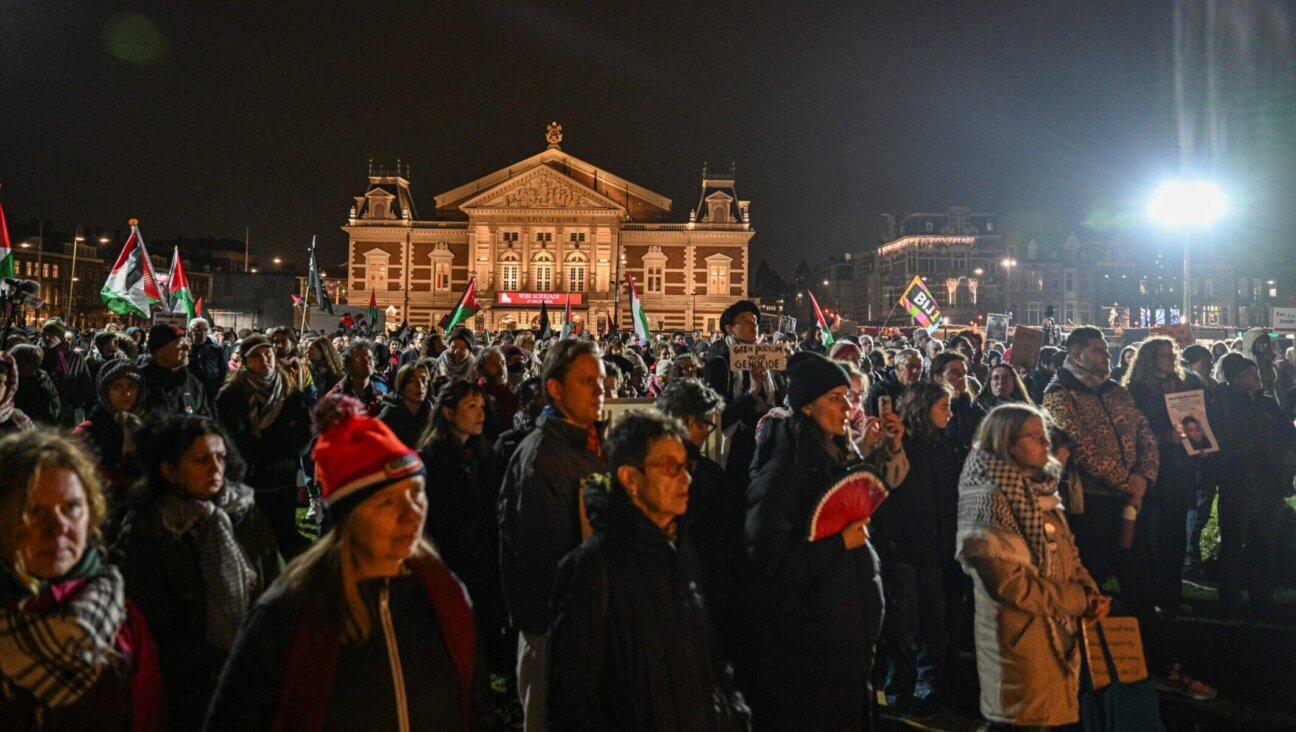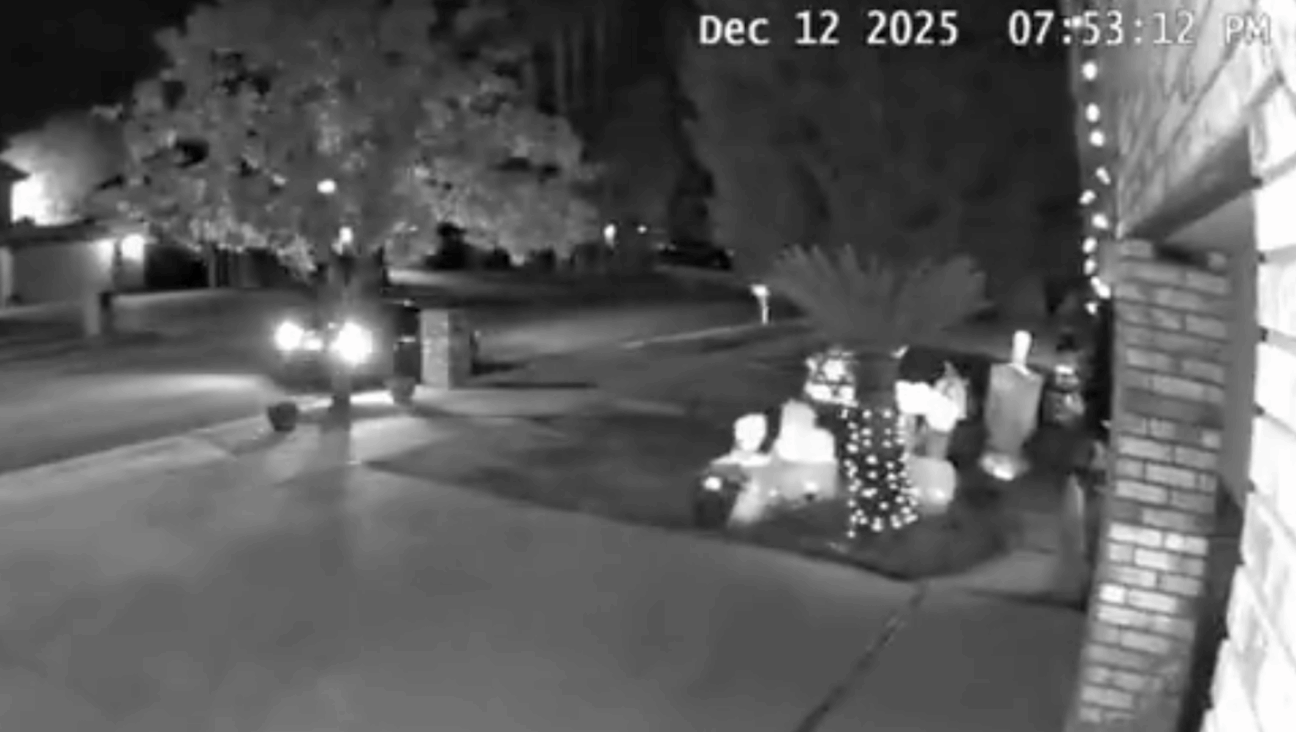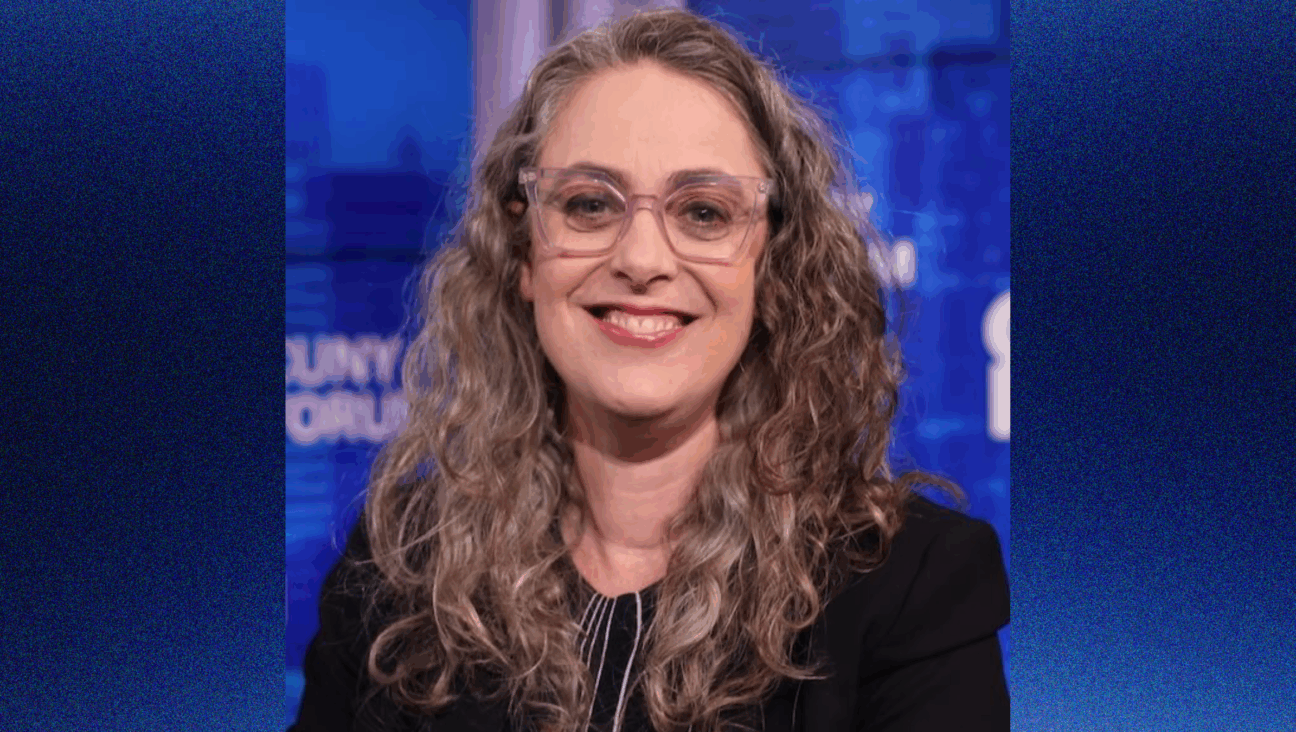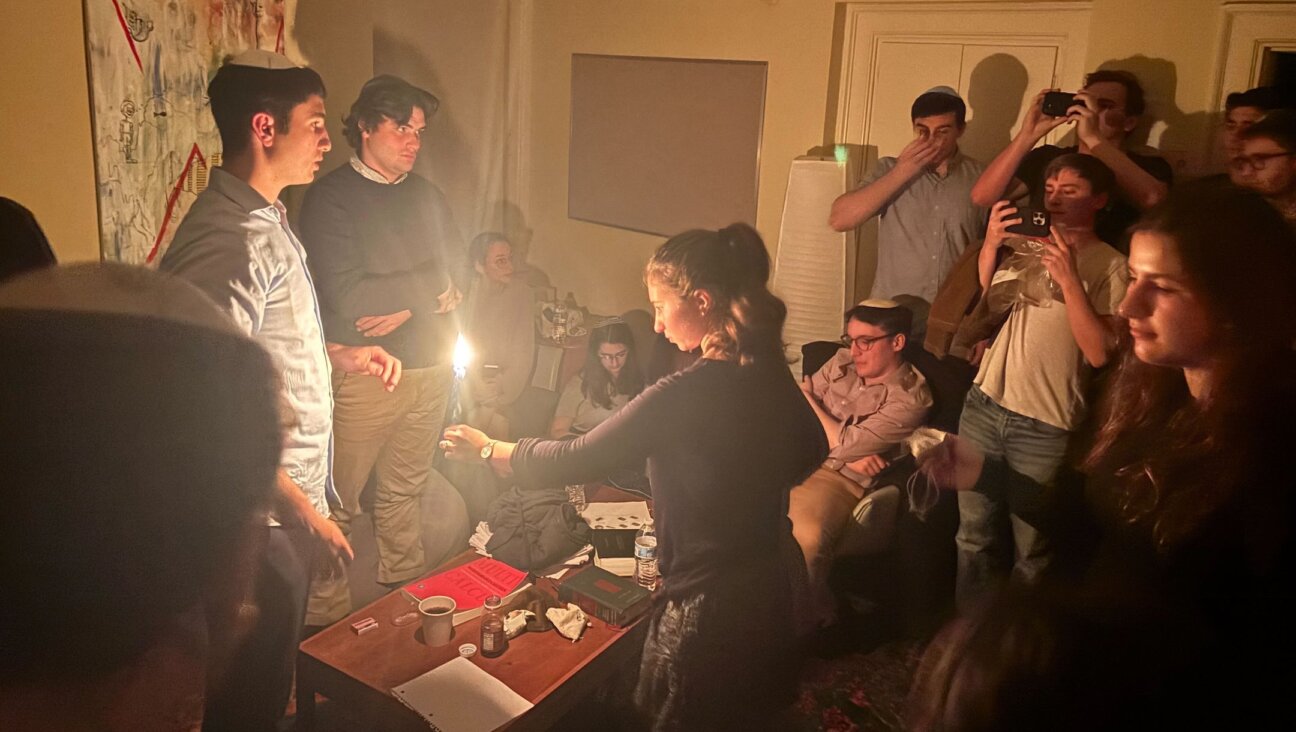Before Trump’s Inauguration, Theaters Across The Country Cast a Light of Solidarity

Graphic by Angelie Zaslavsky
In the months since the election of Donald J. Trump, there’s been a proliferation of organizations working towards creative, peaceful resistance. Those include the Women’s March on Washington, which has spawned over 600 marches happening worldwide, Françoise Mouly and Nadja Spiegelman’s graphic tabloid of resistance-themed art titled, well, “RESIST!,” and The Ghostlight Project.
The last of these, hosting an initial action at 5:30 pm in each time zone on January 19, is a product of the sector of the arts long associated with protest: the theater. Named for the theatrical tradition of leaving a single light on onstage in a dark theater, the action, which will see theaters in all 50 states light a similar light outside their performance spaces, is intended as the start of four years of social justice work on behalf of the theatrical community.
The steering committee for the Ghostlight Project includes artists like Rachel Chavkin, director of Broadway’s “Natasha, Pierre and the Great Comet of 1812,” Lisa Kron, the playwright and lyricist who wrote the book and lyrics for “Fun Home,” and playwright and director Moises Kaufman.
In advance of the Ghostlight Project’s initiating action, the Forward spoke to steering committee member Zhailon Levingston, a writer and performing artist who recently organized the arts and activism campaign “Words on White.”
Talya Zax: How did the Ghostlight Project come together?
Zhailon Levingston: A Broadway set designer named David Zinn had the idea for the project originally, and then basically got a bunch of theater people in the community together to mobilize. It grew out from there, starting in New York and now being represented in all 50 states.
It started as a project called the Sanctuary Project, and eventually was re-named the Ghostlight Project. In between that kind of transition is when I came in.
When did the project get started?
I am pretty sure it was within a couple days of the election. Those conversations started to happen: what can the theater community do to respond to the divisiveness of the country? And can we reaffirm the theater as an institution that goes against bad energy?
What are the Ghostlight Project’s goals, long- and short-term?
So in the short term the goals are to really collate theaters and arts organizations, individuals, people who just love the arts community, to get them all together at 5:30 nationally [on January 19], to symbolically light a ghost light, representing the theater as a light for the community for the next four years, but to also have people make very specific action statements as to how they would like to be involved in that change, how they would like to continue in the action steps. Theaters around the country have made commitments that they will make public tomorrow about what they stand for and what they fight for.
In the long term there’s a lot of continuing action steps the Ghostlight Project will take, in terms of providing a database to all 50 states that [theaters] can log into and see what community resources are in their area. Maybe there can be some kind of collaboration between theater companies and community resources to shape the reaffirmation of the arts’ role in all of this.
How does the Ghostlight Project’s steering committee understand the role of the theater in the political sphere, and especially as an element of a healthy democracy?
Well, I’ll speak personally, but I’m pretty sure my feelings are uniform in terms of what the group feels theater is. For me, the theater is the laboratory for community. It’s where we challenge what we have known society to be and where we also exemplify a greater hope for society. It is completely appropriate for theater and the arts to respond in this time.
There’s a great, great James Baldwin quote that says, basically, “we have finally come to the points where only the poets know.” I think that’s true. It’s not unlike the theater community [for] what happened with Mike Pence and “Hamilton” to happen. That’s what the theater community is. It’s a large conversation in a contained space that hopefully can inspire action outside of those walls.
Can you talk a bit about tomorrow’s initiating action? How did it develop, and what signals are you hoping it will send?
So the ghost light is an actual light that is within the theater, and it stays on after hours. It’s just a lamp that stays on stage for two reasons. One it’s for safety, just in case someone’s on the stage, they’ll know their way around, but two, to ward off spirits of the theater, which is more of a theatrical lore.
We thought the ghost light symbolized the idea of a light constantly burning for safety in a dark place, really was a microcosm of what we were hopefully trying to do on a macro level. Participating theaters are encouraged to have a light that constantly is on for the next four years, to really be a public symbol of what we’re trying to do.
There are some host locations in the city tomorrow – in Times Square, Lincoln Center, The Public Theater, The National Black Theater, and BAM.
More information about the Ghostlight Project is available here.

















